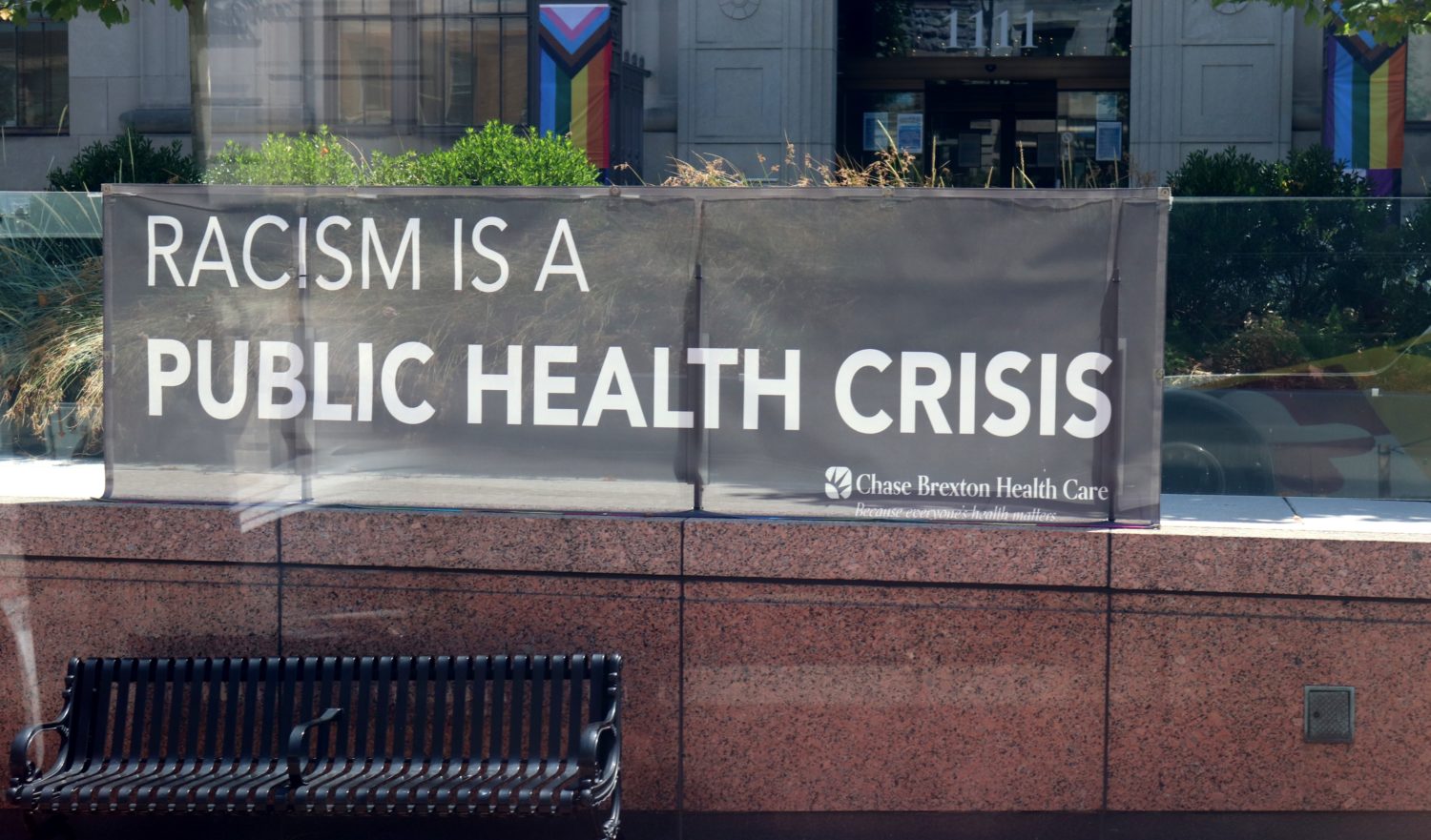
Researchers and journalists offer surprising guidance for covering science and race
Storytelling techniques play a critical role in translating sterile, scientific language. A magazine story by Linda Villarosa that was the focus of a workshop at ScienceWriters2021 pointed out that excessive deaths among Black babies mean many more Black mothers and families are grieving. “You’re talking about ‘Black babies dying.’ That is very different than saying ‘twice the infant mortality rate,’” panelist Vanessa Northington Gamble said. (Image: pxfuel)
To improve coverage of issues at the intersection of race and science, journalists—particularly those of color—should not only address the nation’s racial reckoning in their work, but also leverage personal experiences when that serves the story, an award-winning author and journalist and her editor at The New York Times Magazine urged science writers at a recent conference.
Many journalists cringe at the thought of putting themselves in a story, but omitting personal details and connections can be a lost opportunity to enrich and strengthen the narrative, Linda Villarosa and editor Jessica Lustig said at an Oct. 6 workshop organized by the Council for the Advancement of Science Writing with support from the Kavli Foundation and held during the virtual ScienceWriters2021 conference.

Villarosa’s own pregnancy experience and her first-person narration of a young New Orleans mother’s delivery added humanity and urgency to her 2018 piece “Why America’s Black Mothers and Babies Are in a Life-or-Death Crisis,” which served as the focus of the workshop session. “I hate putting myself in,” Villarosa said. “But Jessica can sniff out when I’m trying to avoid doing that.”
Such insertions can be critical when they give insight into a writer’s lived experience and perspective, Lustig said.
Titled “Improving the Coverage of Science and Race in a Time of Reckoning,” the session was moderated by Harvard University scholar Evelynn Hammonds and STAT reporter Nicholas St. Fleur. The other featured speakers were University of Minnesota reproductive health equity researcher Rachel R. Hardeman, George Washington University professor of medical humanities Dr. Vanessa Northington Gamble, and University of Michigan public health researcher Arline Geronimus, whose research on “weathering” or lifelong stress as a factor in Black maternal and infant mortality was showcased in the Times Magazine article.
Noting that white staffers are in the majority in most U.S. newsrooms, panelists offered their perspectives and tips for addressing the challenges of covering science and race. Here is some of their advice for journalists.

Pass ‘Racism 101’
Do your homework, said Hardeman, a reproductive health equity researcher at the University of Minnesota who has helped journalists do just that. Hardeman has often found herself offering what she calls ”Racism 101,” so journalists can discuss research findings accurately, in context, and with an understanding of the people and communities affected. Coming into a story with foundational knowledge helps journalists make the most of their time with experts and other sources, and demonstrates commitment to telling stories accurately and respectfully, she said.
Build authentic relationships with sources
When interviewing, Villarosa said she looks beyond whatever story she might be working on at the moment. “It’s always important for me as a journalist to think this isn’t a one-off. These are not just sources. These are people I can learn from outside of when I need a transaction.” Move at the speed of trust, she said, as sources may be reluctant to open up on sensitive topics, or may be recovering from traumatic experiences with the media. “Linda gets a lot of credit for my opening up to her,” Geronimus said. “It’s a testament to her, to her sincerity as a person. She clearly cared about the issues, she wasn’t just doing ‘a story.’”
Surprise and humanize
Storytelling techniques and language choices play a critical role in translating sterile, scientific language into a narrative that draws readers in and carries them along, Lustig said. For example, Villarosa’s story pointed out that excessive deaths among Black babies translates to grieving by many more Black mothers and families than their white counterparts. “You’re talking about ‘Black babies dying.’ That is very different than saying ‘twice the infant mortality rate,’” Northington Gamble said. In some cases, the extent and depth of an issue can be cemented through the unexpectedness of an extraordinary example. Villarosa included the experience of professional tennis player Serena Williams in her story, helping demonstrate that infant and maternal mortality cuts across socioeconomic lines, while keeping the article focused on the women who are least resourced and thus most affected, Geronimus said.
Channel passion into ironclad arguments
Often, social justice issues are emotionally charged for both journalists and their sources, Villarosa said. What drives much of her reporting is a desire to point out that many issues people face don’t stem simply from personal irresponsibility, but often result from systemic and institutional problems. That kind of work calls for deep-dive reporting, ironclad data, and references, she said.
“That’s how you really put muscle behind a story like this,” Lustig said of Villarosa’s “Black Mothers and Babies” story. “One of the things we knew going in was that this story was going to have to be airtight. Bulletproof. Because a lot of people are invested in believing that there’s maybe not a systemic reason for outcomes. We were going to have to do some really clear explanatory work to explain the science.”